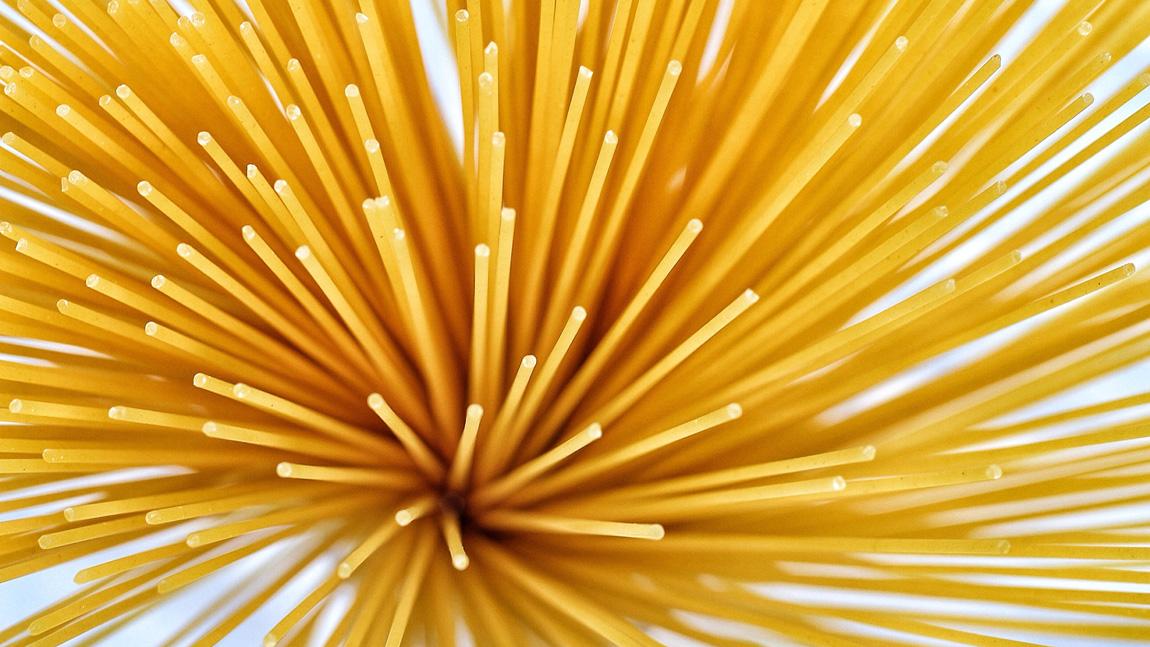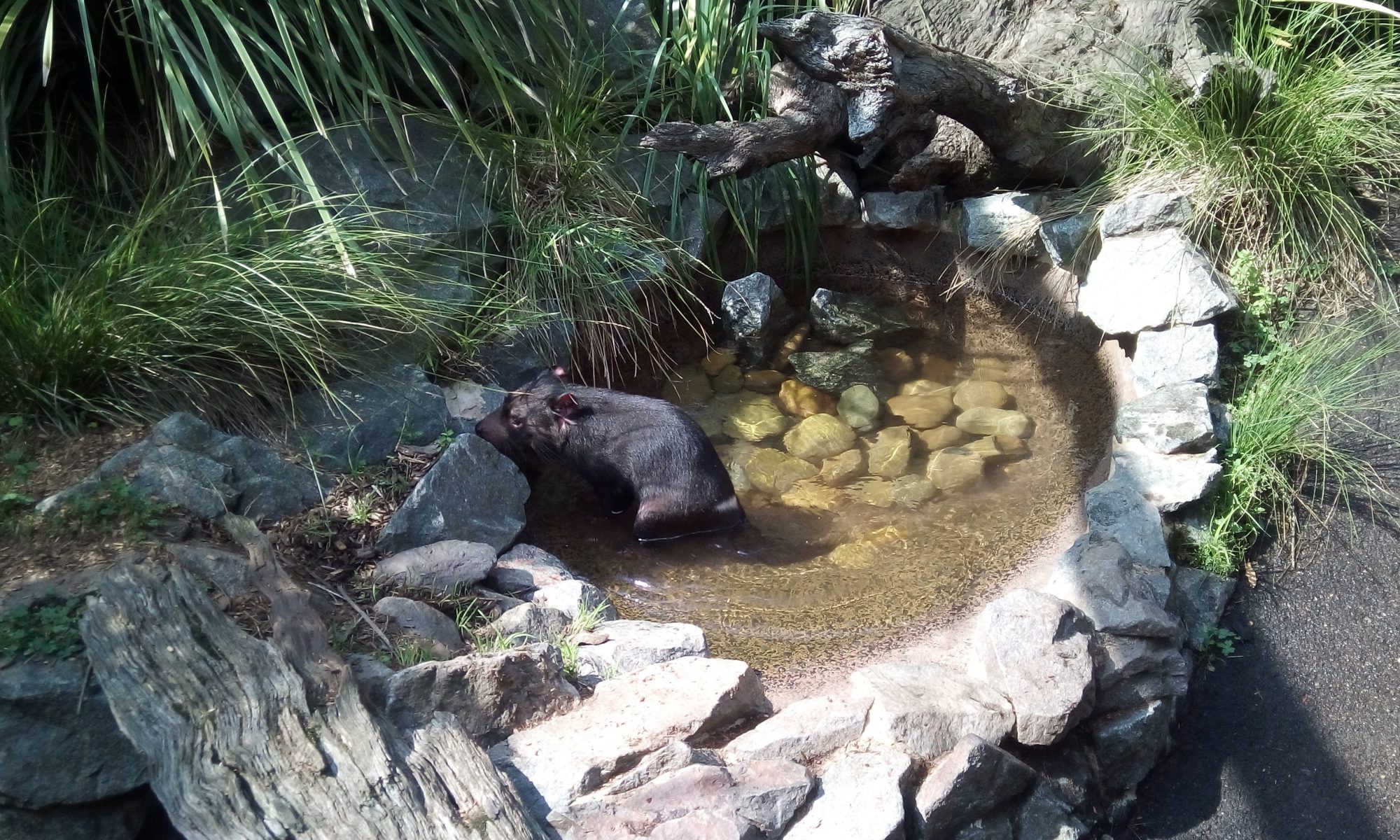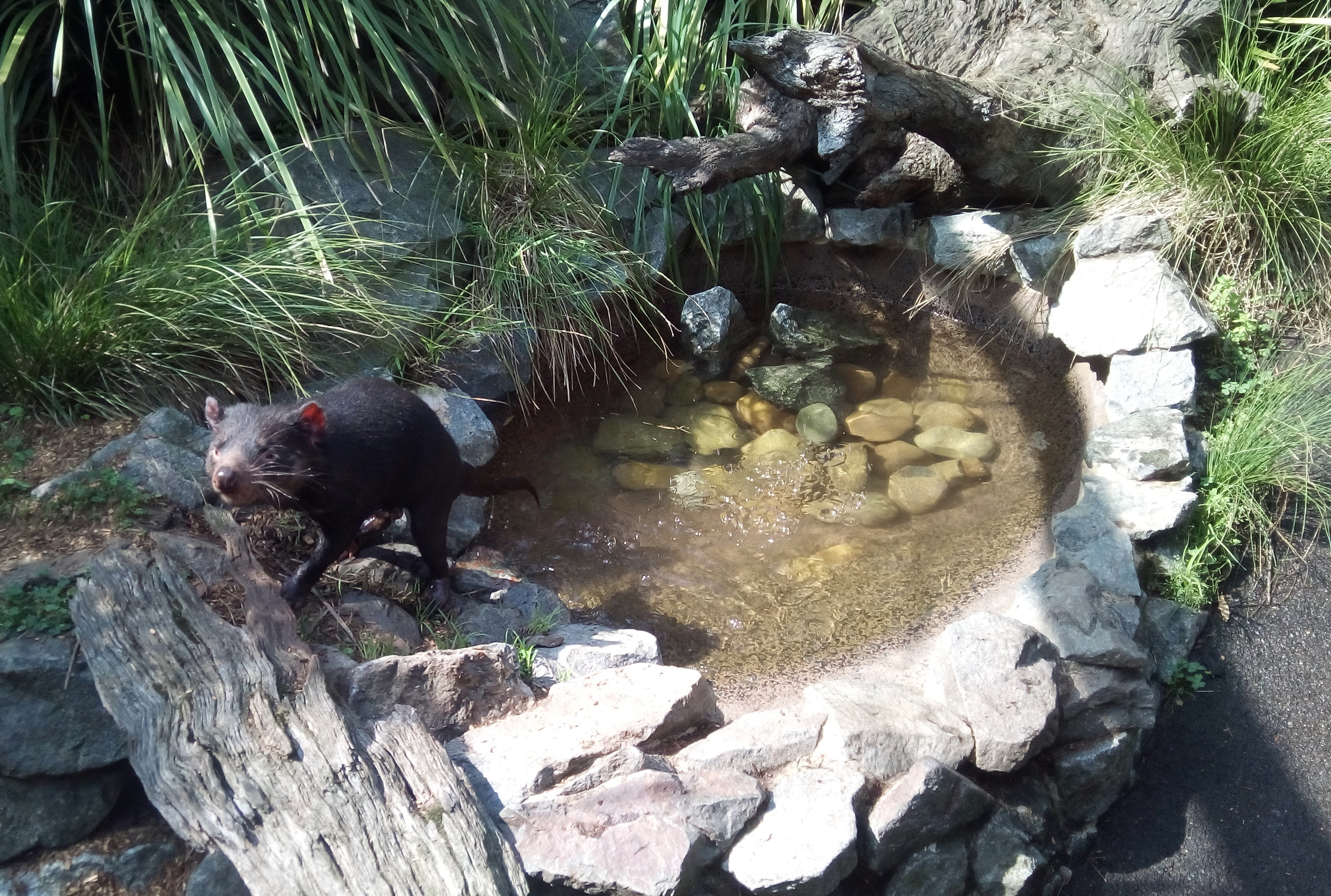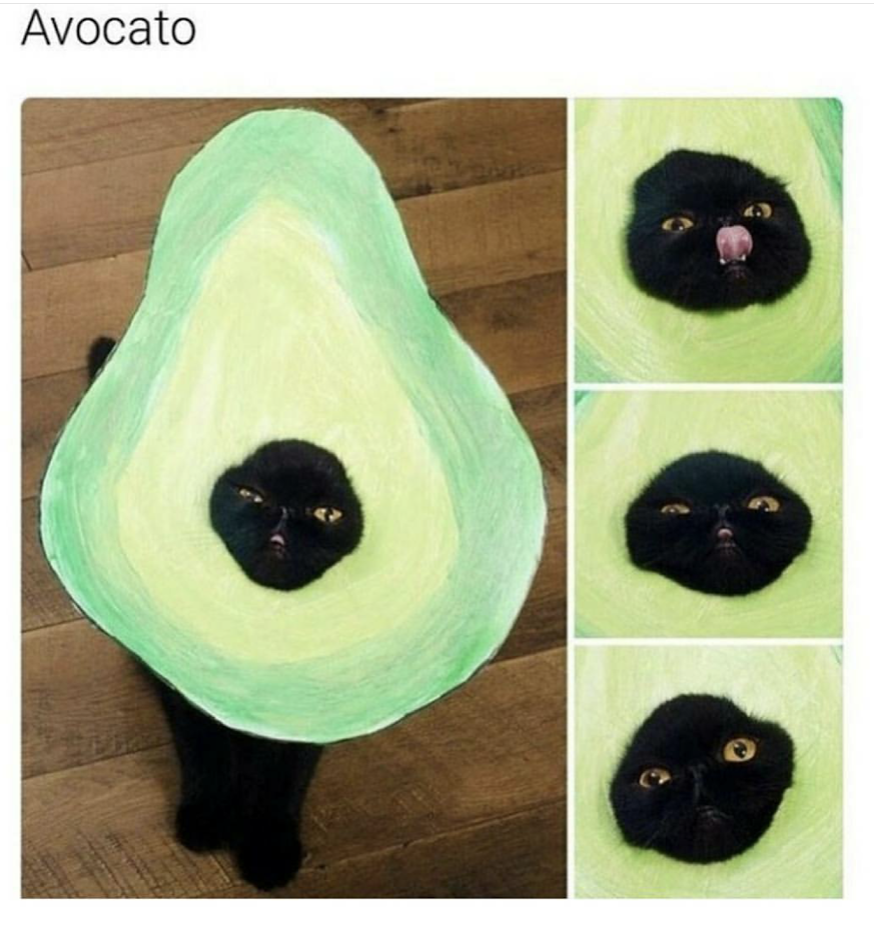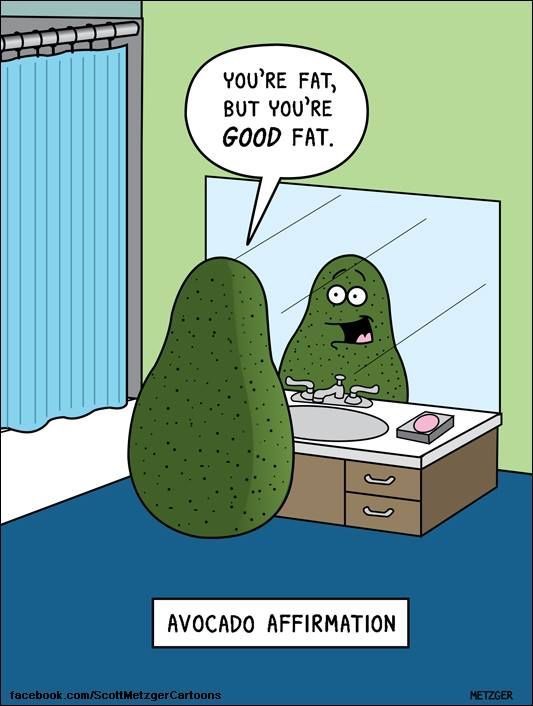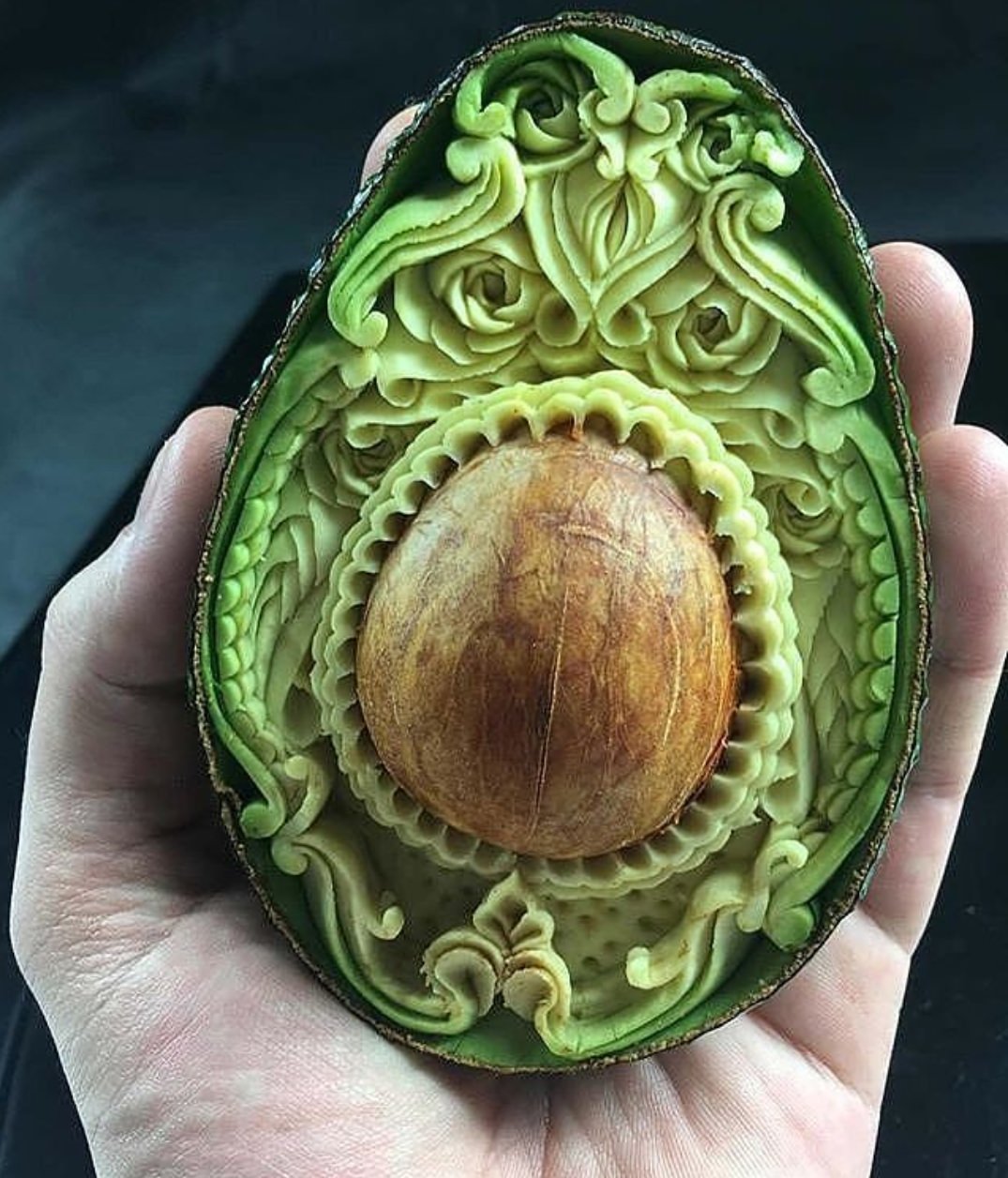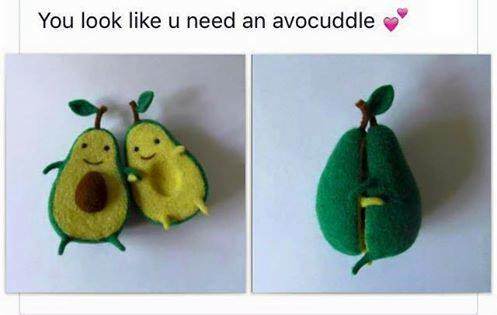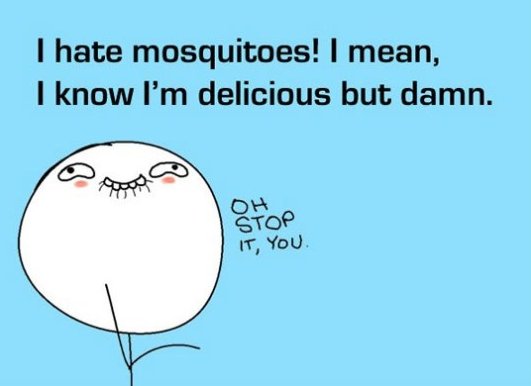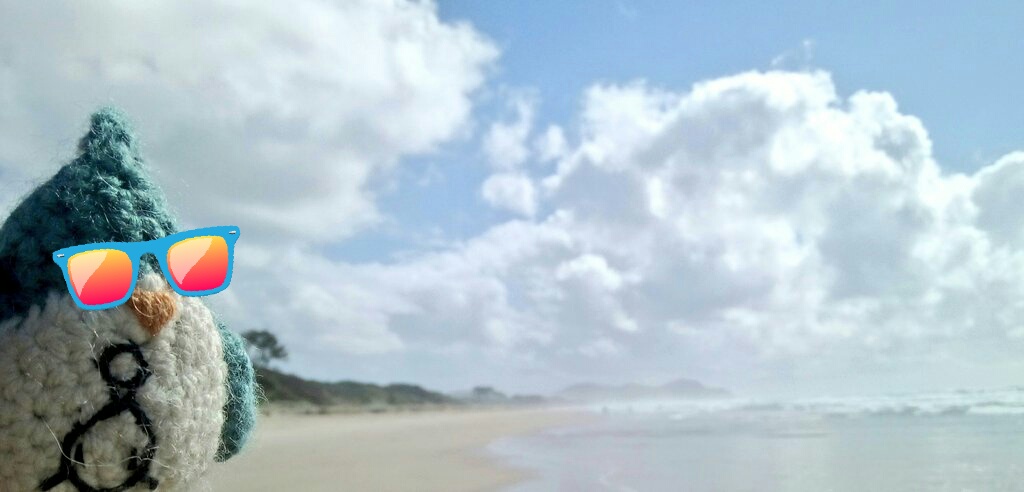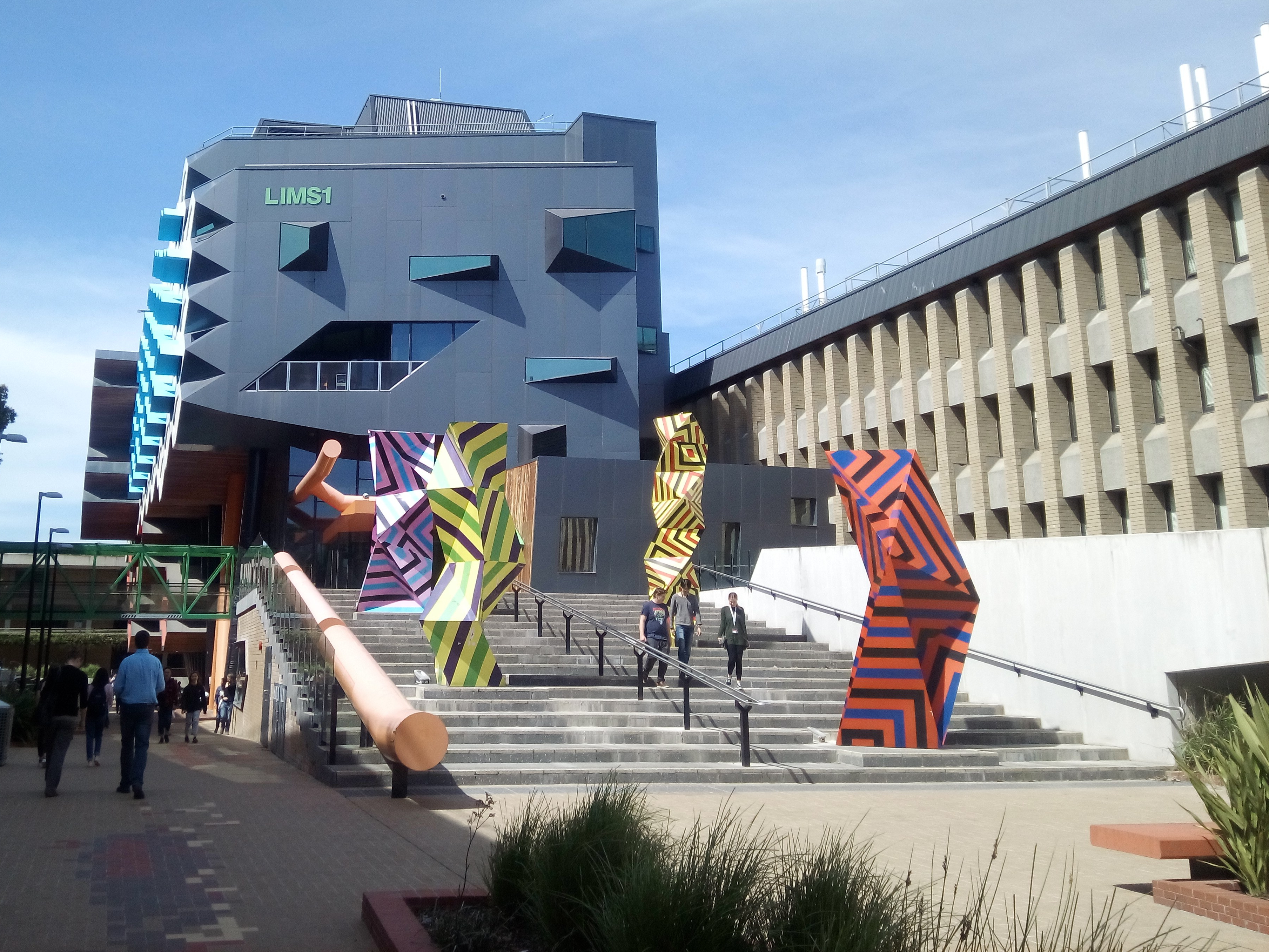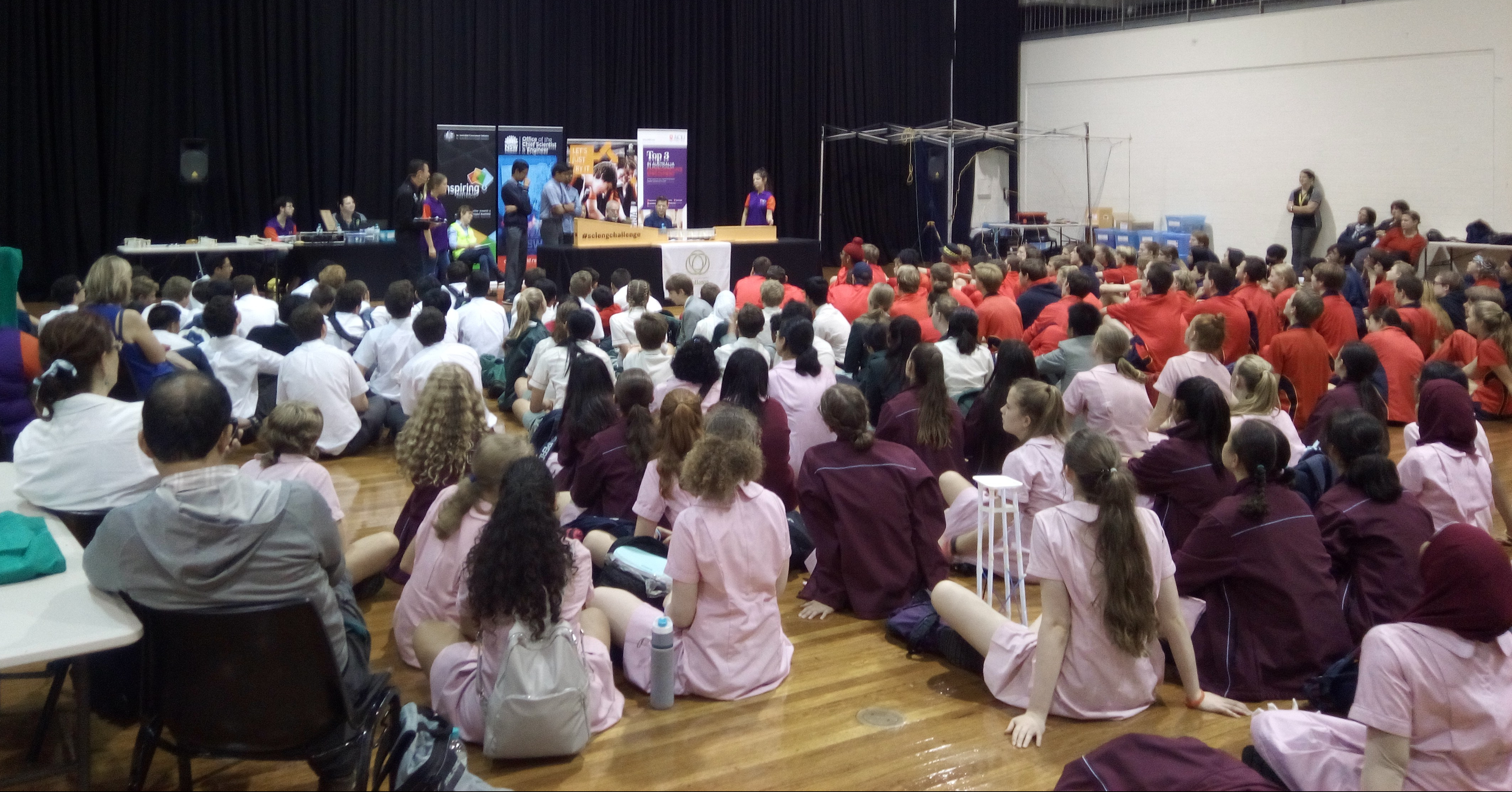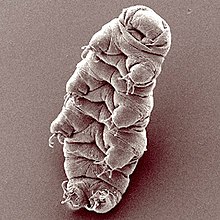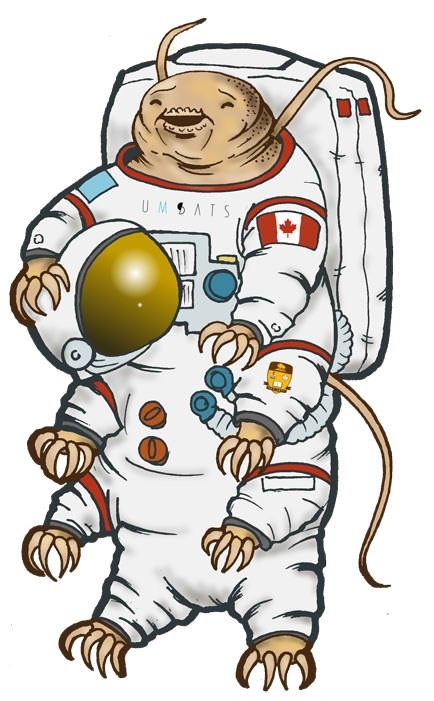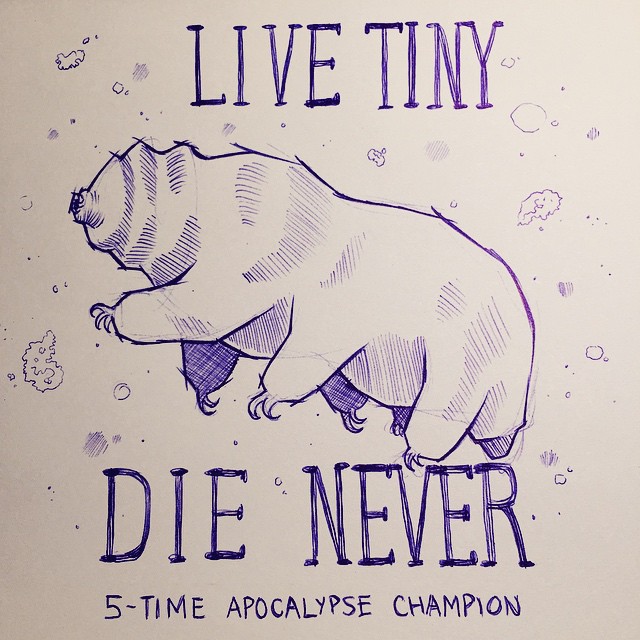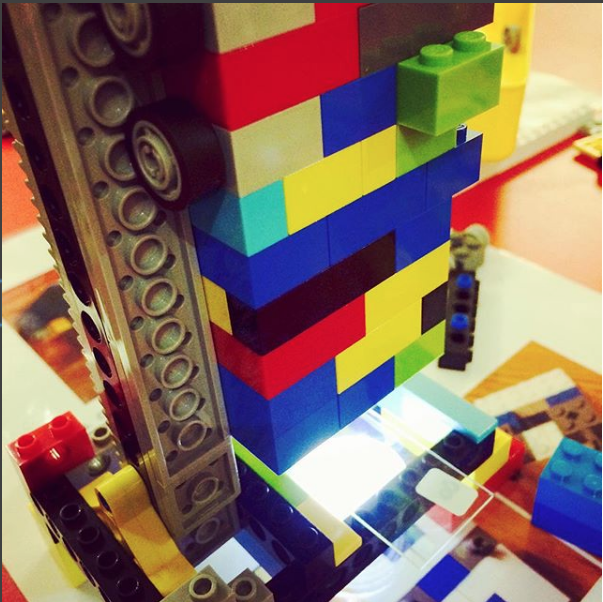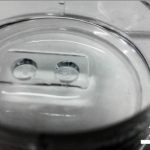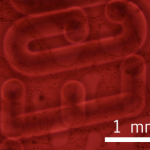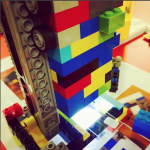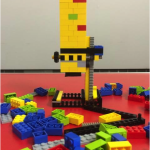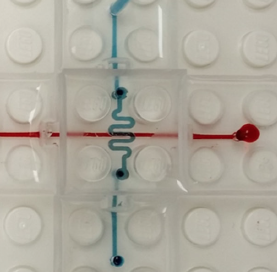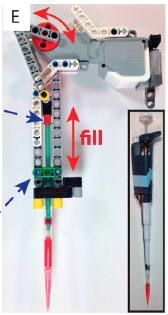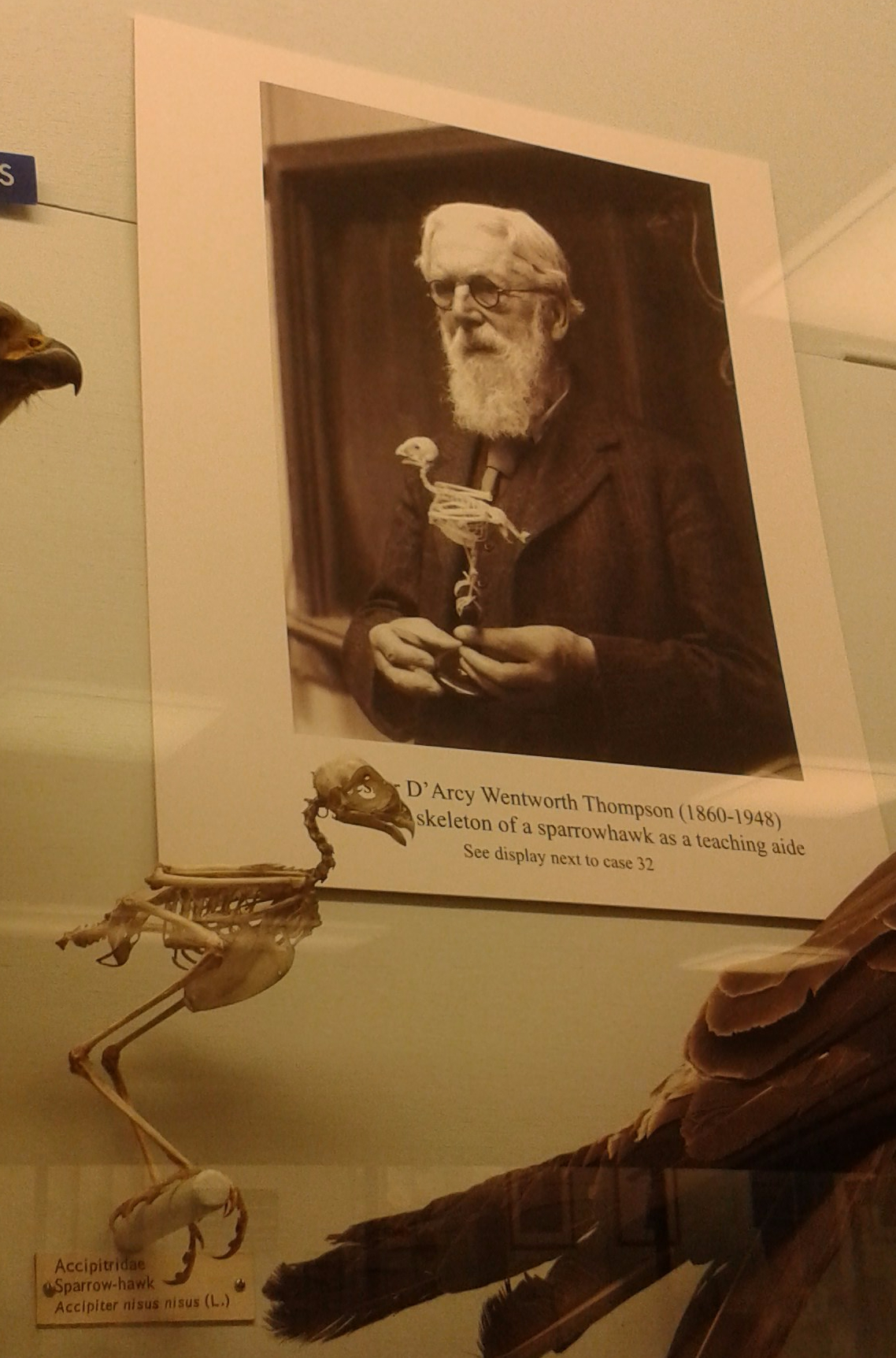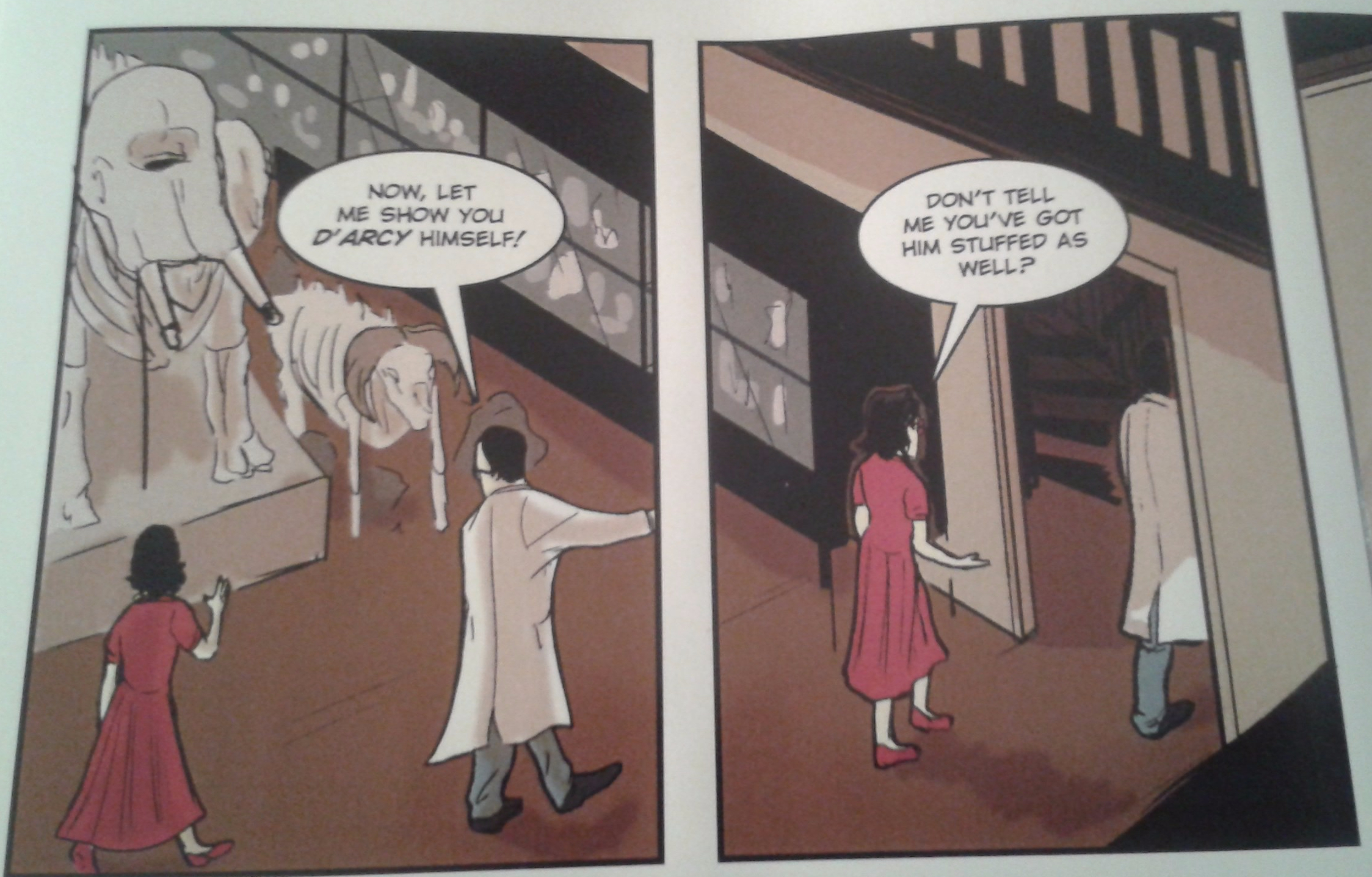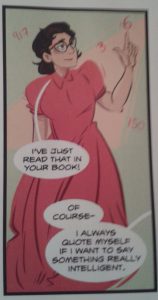Disclaimer: if you’re a bit hungry and/or know that reading about spaghetti will make you hungry, I suggest you go eat some spaghetti before you continue reading… But if you do, keep at least a few strands uncooked, you might need it later on.
An odd article popped up on my go-to news site the other day. And then the day after that, an article on the same topic popped up in the newspaper I was reading. It was an article reporting on the science of breaking an uncooked spaghetti.
No, I’m not joking.
And apparently, the research solves a decade-old problem. I never knew spaghetti could pose a decade-old problem, except for maybe the secret spaghetti-sauce recipe of an Italian-American family but that’s a century-old problem, I would say.
So if you’d go into your kitchen now, take a strand of uncooked spaghetti, hold it at the ends, and start bending it until it snaps, you will see what this mystery is all about. Most probably, you have now ended up with three or more bits of spaghetti. If you are super bored or think snapping spaghetti is super-fun (this is what Richard Feynman apparently thought), you can try it again. And you will notice the spaghetti almost never snaps into two pieces. Or you can just take my word for it…
In 2005, some French physicists came up with a theoretical solution to why spaghetti never breaks into two, because this unsolved mystery Richard Feynman broke his head about merited some further research…
When a very thin bar (or strand of spaghetti) is being bent, this will cause the strand to break somewhere near the middle. This first break will cause a “snap-back” effect which essentially causes a vibration to travel through the rest of the strand, causing even more points of fracture, which results in three or more pieces. In other words, is very rare to end up with exactly two pieces of spaghetti.
These French researchers were rewarded with an Ig Nobel prize for their finding. An Ig Nobel prize is a prize that is rewarded “for achievements that first make people LAUGH then make them THINK” and also the reason for my best quiz achievement ever.*
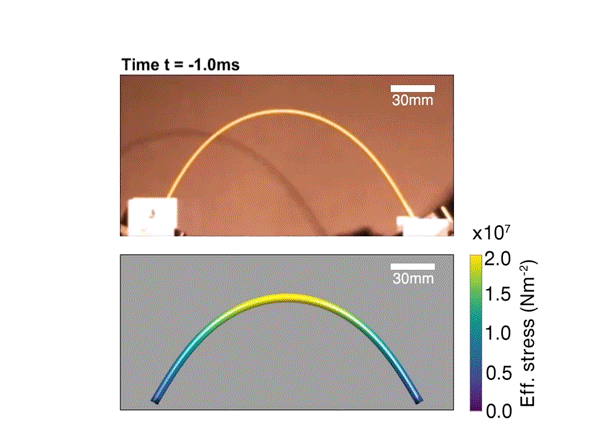
And now, years later, mathematicians from MIT have added to that research by coming up with a way to ensure a dry spaghetti strand does break exactly in two: by first twisting the spaghetti before bending it. The twisting part causes stresses in the spaghetti strand that counteract the snapback effect when it eventually breaks. When the spaghetti does break in to, the energy release from a “twist wave” (where the spaghetti pieces untwist themselves) ensures there is no extra stress that would cause more fracture points. So there we go: the spaghetti breaks in exactly two pieces as long as you twist it enough.
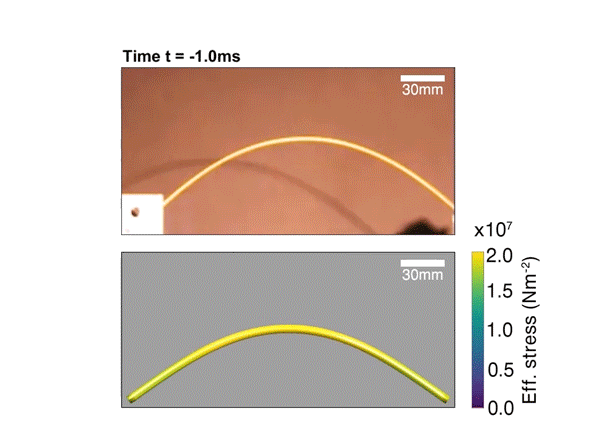
Now, this theory isn’t only limited to breaking spaghetti. Understanding stress distributions and breaking cascade also have some practical applications, according to the authors: the same principles can be applied to other thin bar-like structures, such as multifibers, nanotubes, and microtubules.
Now, if you haven’t already, go get yourself some spaghetti.
_________________________________________________________
* The question: who has one both an Ig Nobel and a Nobel prize and for what?
The whole table looked very confused and I just said very confidently “André Geim, levitating a frog and graphene” so it turns out a degree in nanotech is super useful for winning quizzes. (Actually, I’m not even sure we won and I doubt it was thanks to me answering that one question correctly, but I’m pretty sure I will never live up to that moment ever again.)


